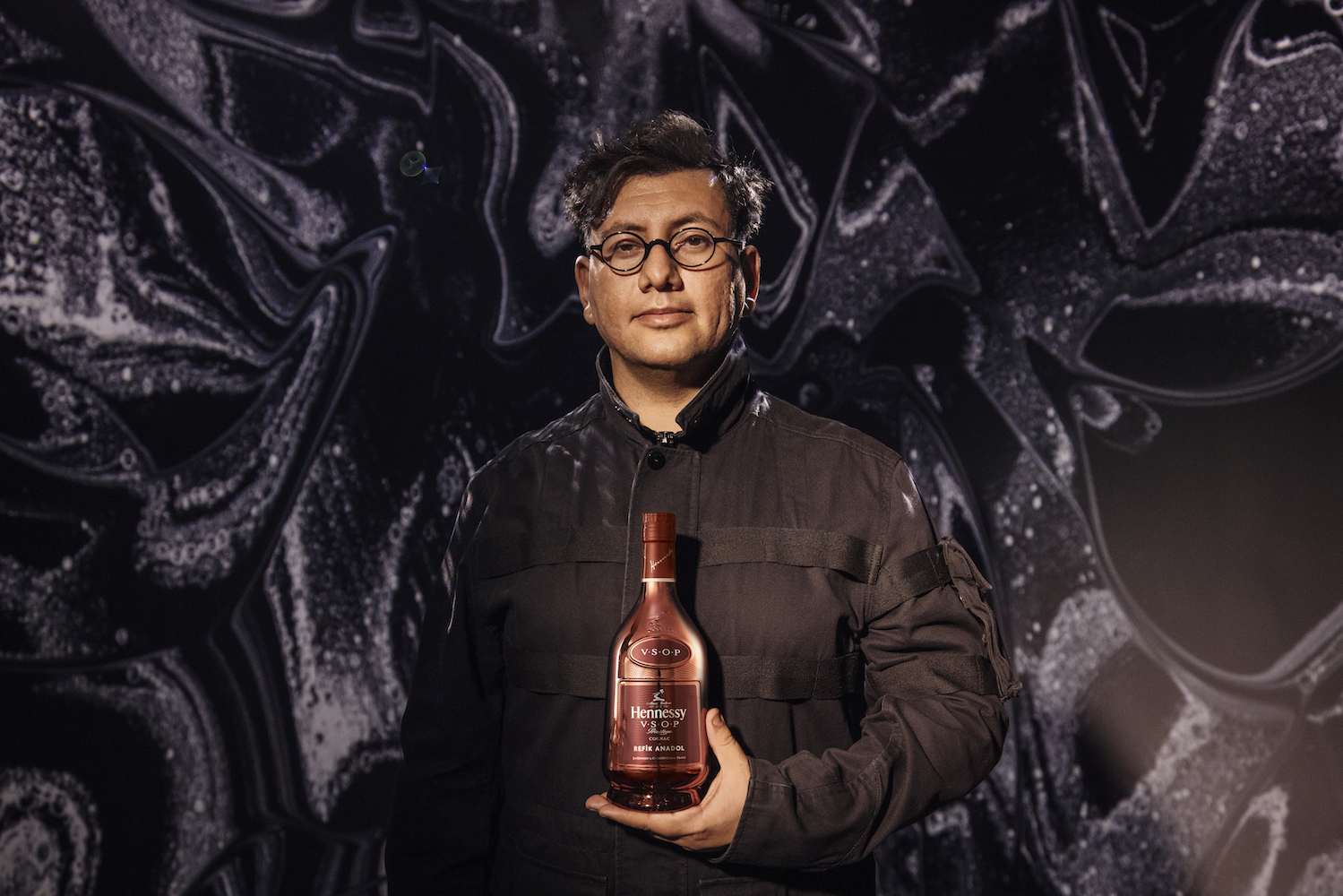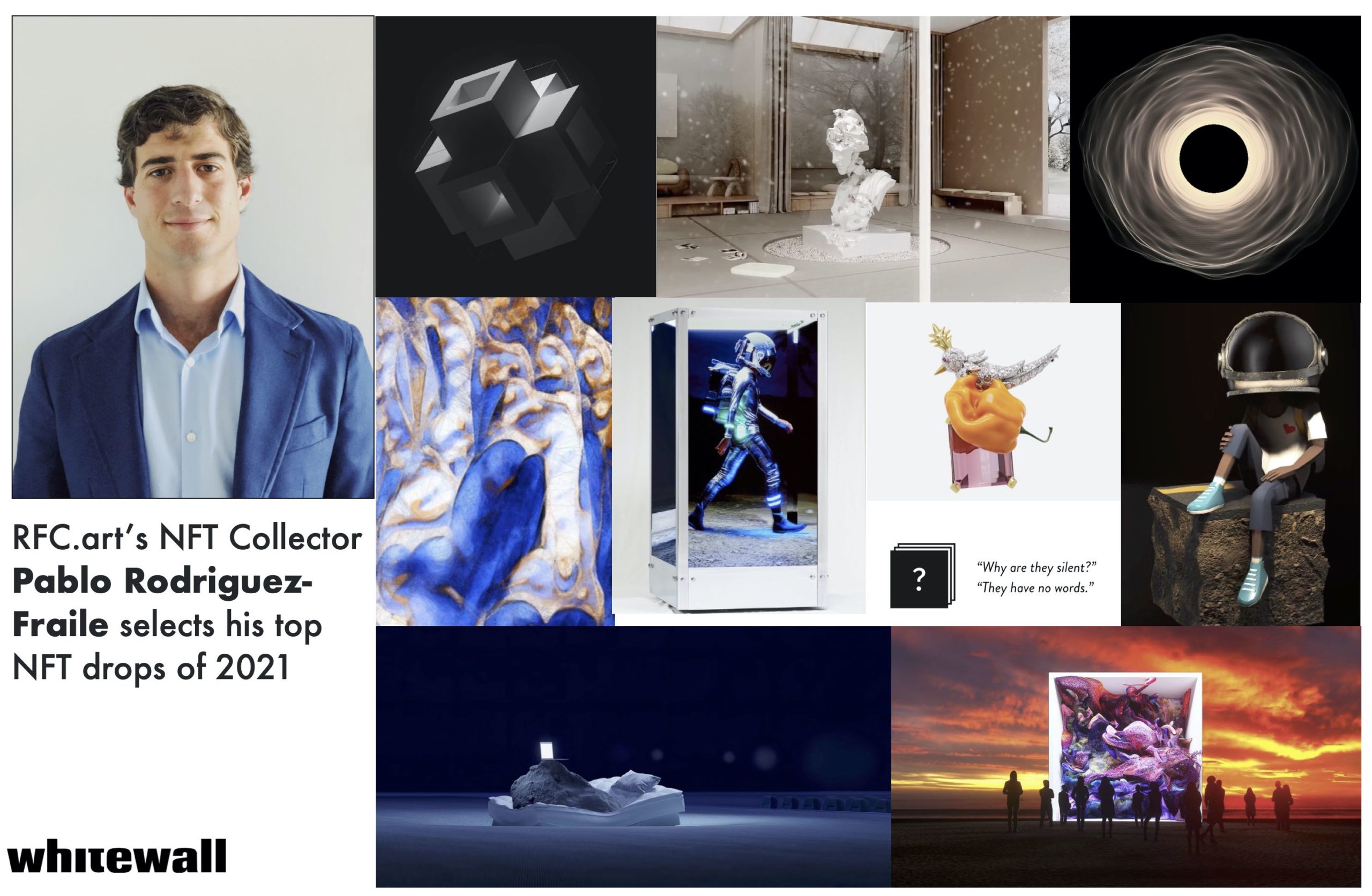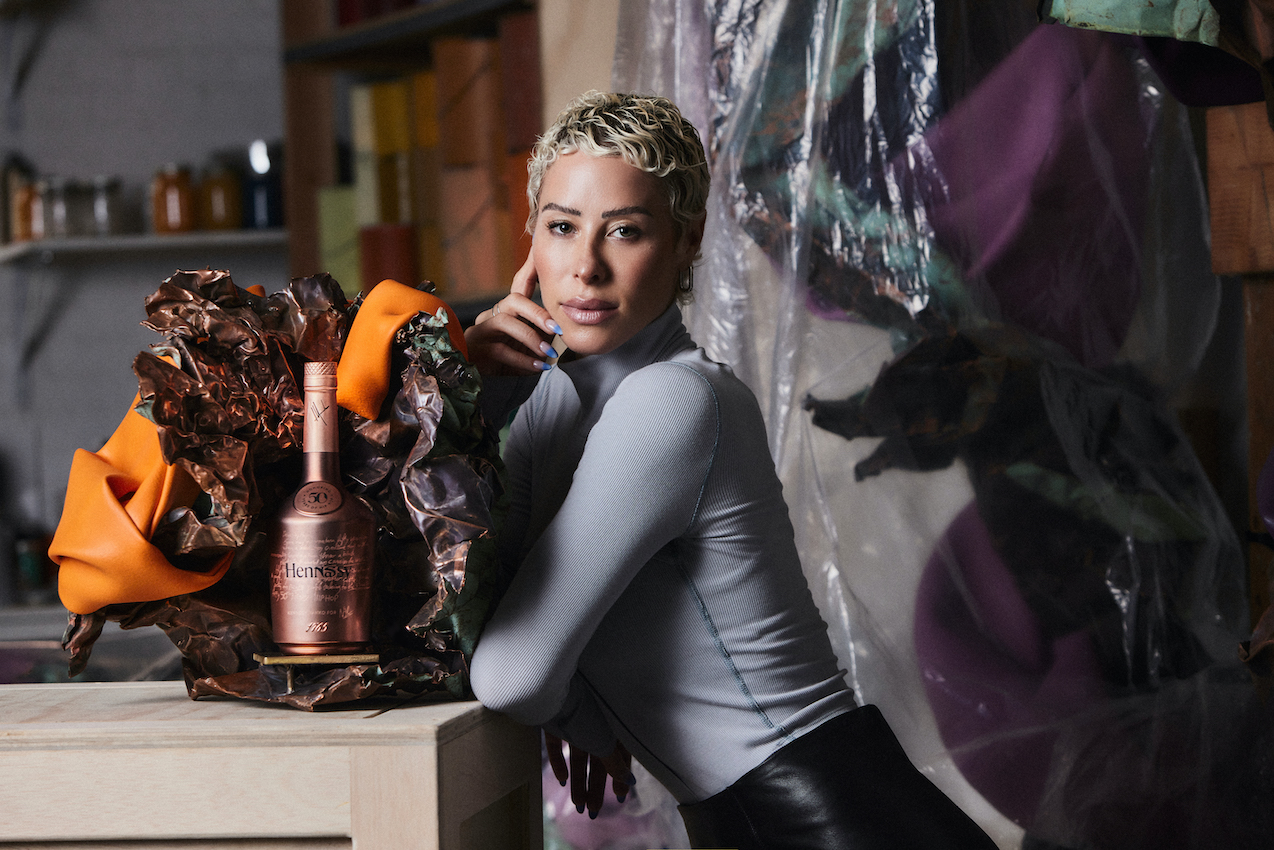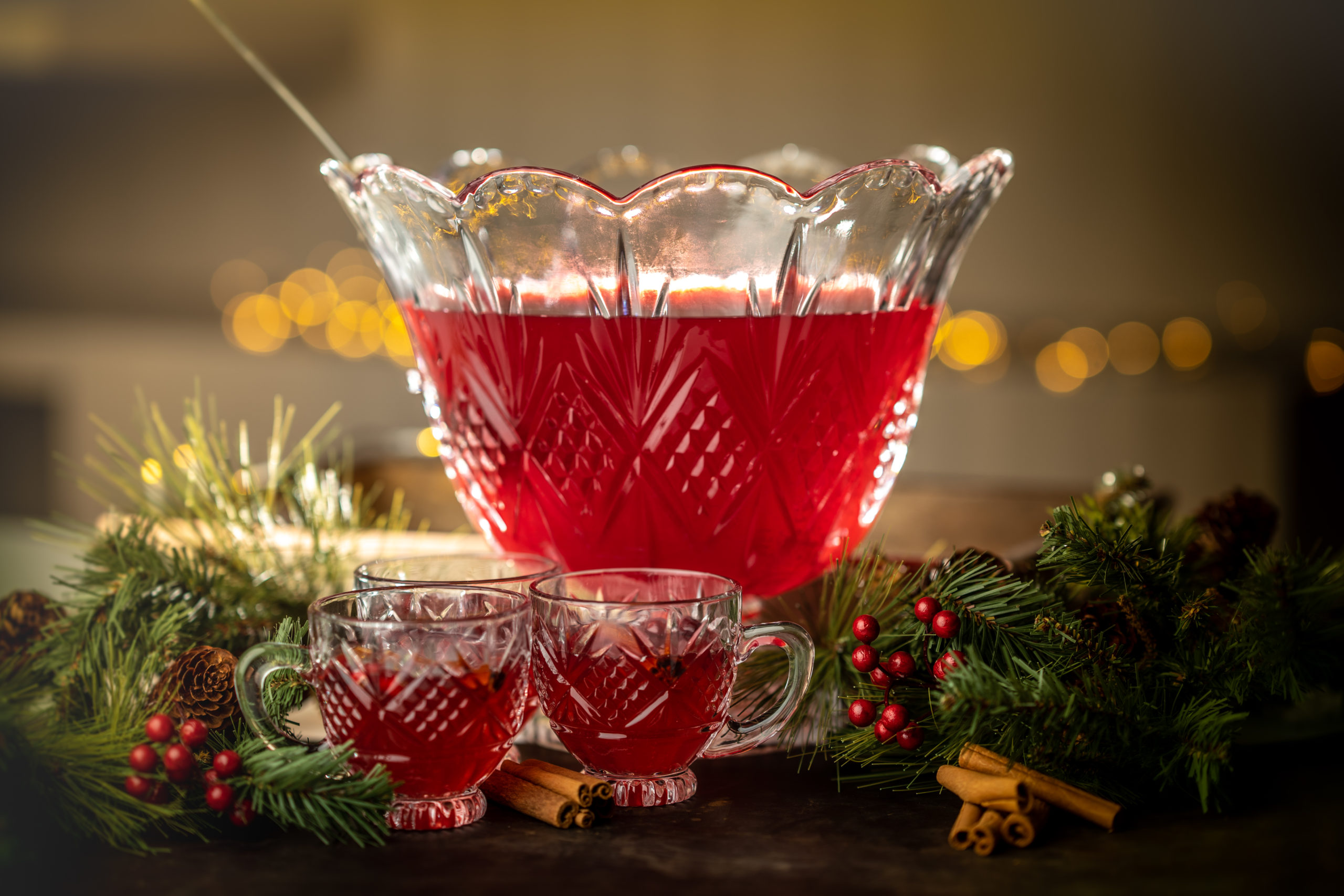The internationally acclaimed multimedia artist and director Refik Anadol understands data. For nearly a decade, the Los Angeles-based creator has been working with mathematical algorithms and other neuroscientific research methods to create unprecedented artworks and immersive installations. Such environments have transported visitors to a time and place so specific that patterns, colors, and sounds decode a fraction of his AI and machine findings.
Recently, the Turkish artist collaborated with the cognac brand Hennessy for the launch of its 2021 Hennessy V.S.O.P Privilège Limited Edition. In celebration, Anadol created a three-dimensional data sculpture entitled Sense of Heritage and an immersive “Infinity Room” art experience inspired by Cognac and the company’s tasting committee. By collecting reactive data from each of the four committee members over an hour, the artist created an individual and collective representation of the sensation of sipping cognac.
Whitewall spoke with Anadol about decoding the beauty behind cognac and the human mind, how he decoded the data to a poetic and inspiring new universe.
WHITEWALL: Refik, you’ve been known to communicate copious amounts of data by presenting it as art. What kind of data did you work with on this project with Hennessy? Was there a moment you realized what you wanted to create?
REFIK ANADOL: The idea emerged from an amazing site visit to Cognac almost two years ago. I was fortunate to see behind the scenes of many exciting processes that include the decades-long heritage of making cognac. I’m an artist that really believes in process—sometimes more than the result. So being able to see behind the scenes was a huge inspiration. But what was truly inspiring was the moment I saw the tasting committee and how they used their senses, especially Renaud (Fillioux de Gironde), the eighth-generation master blender.
I love neuroscience, data, and AI, but being able to see this unique moment was the moment. I wanted to see how we could touch this heritage. Can it become an artwork? Can it become a pigment? Those questions really fired when I was witnessing those complex, heavy moments behind the scenes.
I also appreciate the raw beauty of the nature, and its relationship with people. And the people that take this relationship very seriously was a great inspiration when I saw it from the Hennessy perspective and tasting committee. How humans and nature collaborate with technology, and sense and define the future, by remembering the past, it was incredible.
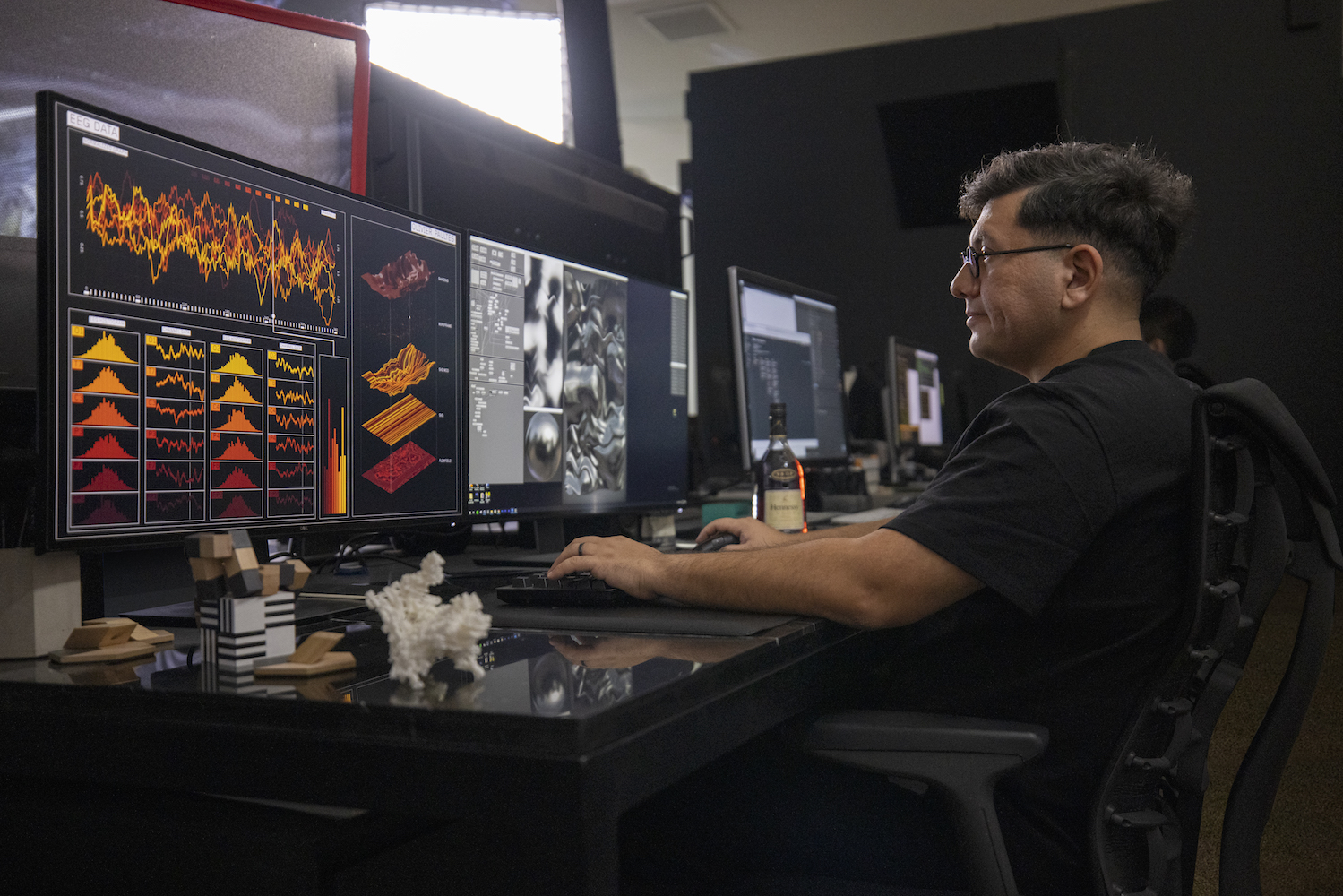
Courtesy of Hennessy.
WW: We’ve visited Cognac, although were not there collecting data. Can you walk us through your unique process, which is one not many would have while there? How do you collect this data and then create a physical work?
RA: Data, for me, is memory. If you just think “data,” it’s almost lowering everything to numbers. For me, it’s not that. When talking about this, heritage is data. And heritage is represented in the form of science and numbers. So, to make this project happen, I took it very seriously, and spoke with many neuroscientists and scientists, and asked, “How can we measure the moment of sensing?” The answer, very clearly, is science. You can use an EG sensor in the brain, heart rate detection, body temperature, and skin contact. When we feel something special, we emotionally give pulses through our body. And, of course, certain sensors allow us to detect these moments. When you have goosebumps, you’re feeling something special. So, basically, I was sensing this moment of sensing and trying to represent it in the form of art.
There were four people on the committee, so I was able to record their data—each of them for one hour. I measured their collective and individual sensing processes, and then took that data and worked for 6 months with a fantastic neuroscientist from CalTech—and shared with friends and colleagues—to see if we could find that moment of sensing. I followed the guidance of many advisors to find those moments. And then we turned it into an art form in a space where you can step inside the feeling of sensing and this heritage. That’s the high-level idea.
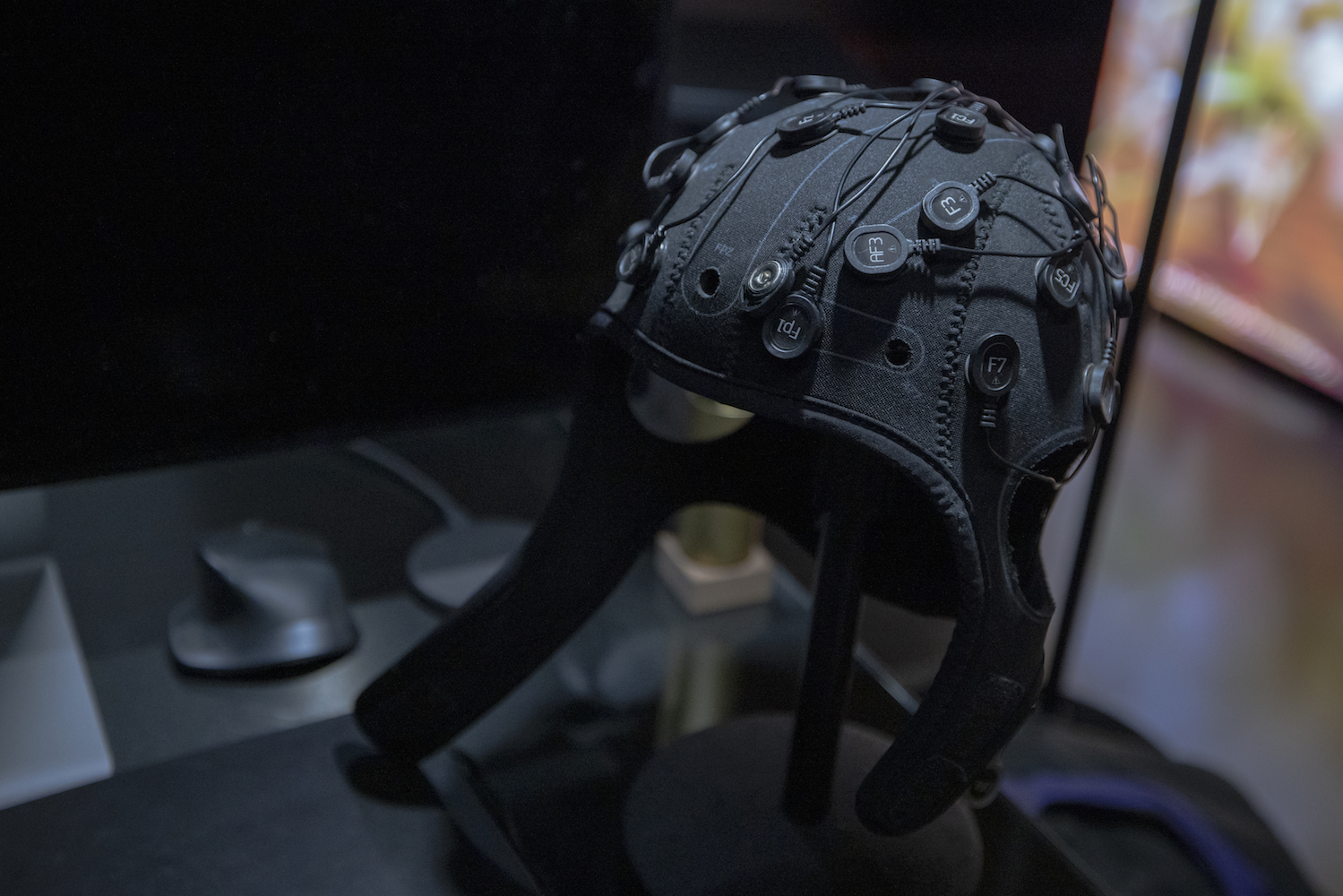
Courtesy of Hennessy.
WW: “Sense of Heritage” was planned to open in Shanghai in May, although was shown accessible around the world by a digital platform accessed by a QR code on the bottle. Can you tell us a bit about creating these spaces in collaboration with Hennessy?
RA: The project has an enormous data collection—almost one terabyte of raw data that we collected. And then when AI found that moment of tasting and sensing, it’s a moment in time in this data. I extracted those moments and transformed them into a particle space, a new universe, that came from that data. We reinvented that space through machines, and when you step inside, you’re in that data landscape to have that moment of sensing. People will also be able to have a taste of the cognac and get their own brain signals while inside. So, it gives the audience a chance to get the same data from their mind and turned into a representational piece of artwork.
The origin of the piece is very calm, divine, and meditative. Cognac is a liquid, and I believe we are mostly made of water. For the last nine years, I’ve been obsessed with fluid dynamics. Through my work, many people can see the water activity and fluid dynamics that are really inspiring. But here, when we take the moment of sensing, and of heritage, and we transform it into this fluid sculpture, I want to know how we can take that and transform it into a new way of feeling that’s different than the real world. I created an artistic compilation by taking this data and transforming those particles into liquid around you. It’s kind of an impossible material. In life, we don’t have a material like it, but art allows us to go beyond that imagination.
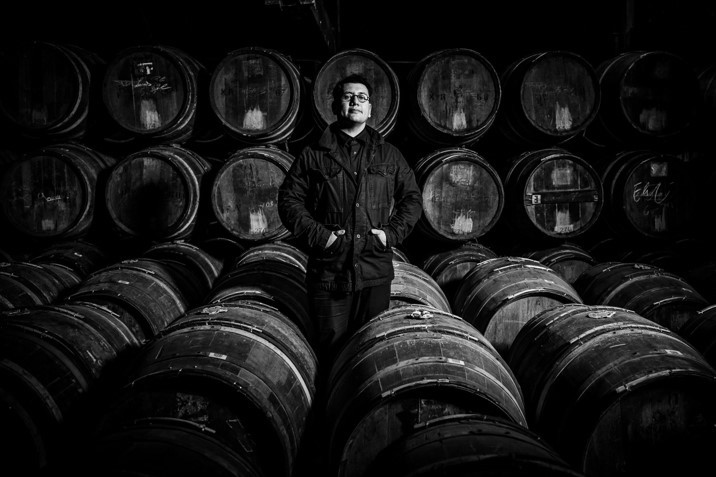
Courtesy of Hennessy.
WW: During a time when so many of us couldn’t gather for art, and go beyond imagination, how do you feel this experience heightens the new product launch?
RA: This infinity room concept came from a long time ago. I’m inspired by architecture, so work is always on an architectural scale, and I feel like most of my work is immersive and trying to create a story around the audience; a feeling of stepping inside the artwork, instead of it just being an on-the-wall experience. I love the speculation of new ways of seeing. And this is one of those things. It’s four-by-four meters, and the floor and ceiling are mirrors. You’re weightless when you step inside this universe. And then, suddenly, the visuals create a new universe around you. It’s a place where time and space melt. And heritage is similar, when you feel those senses. I tried to capture that poetic feeling. It’s not easy to create something ethereal, but I felt the black and white world was inspiring to generate this space. The pure simplicity in the minimal language of black and white was more powerful, and let you feel and appreciate the data. Sometimes less is more.
WW: We experienced your “XYZT” exhibition at ARTECHOUSE in Washington, D.C., which, as you’re describing, touched many senses. What is the importance of creating an imagined environment that’s not one-dimensional?
RA: When the physical and the virtual worlds come together, when you collide them, there’s a new storytelling. For this, heritage and data is something we can’t touch. But now, there’s a room that creates a feeling, and in a way, it’s its own universe. It’s a portal between a physical and a virtual world, and that’s really inspiring. In my work, I always try to say the same thing. This work should be for anyone at any age with any background. And that universal language is mathematics. There’s beauty in the forms and functions of the human mind.
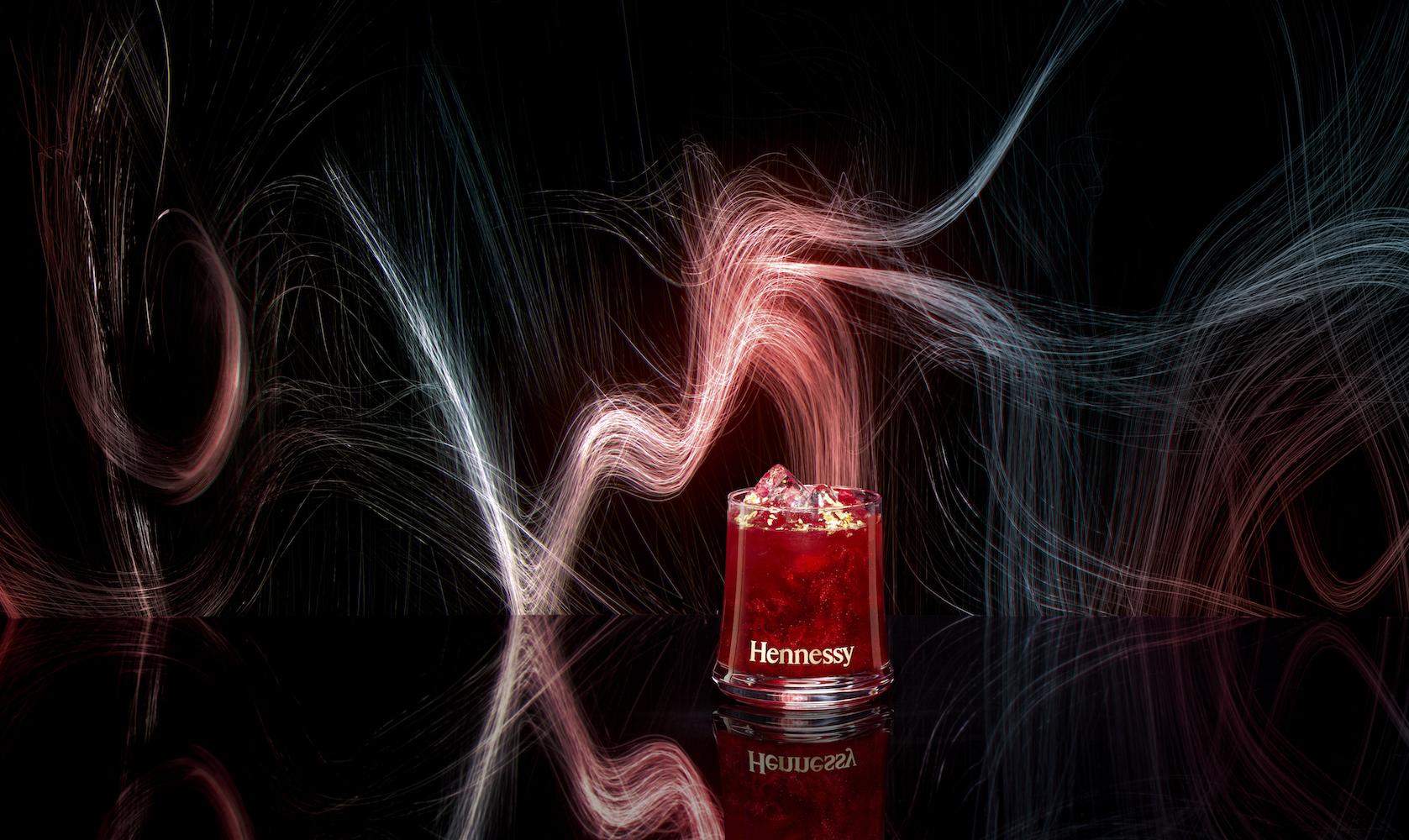
Courtesy of Hennessy.
WW: Where do you feel the future of art is heading when it pertains to the relationship between art and technology?
RA: I’ve been practicing with data for almost ten years, and I know that the field has been open for more than 30 years to other pioneers. So, I know that art and science and technology has always collided, it’s not new. But I believe that if we look at the near future, it’s so predictable that every single discipline will merge. I respectfuly don’t believe we can differentiate anything to each other to learn better, remember better, and eventually, dream better. It’s about creating a sense of empathy to learn and appreciate, and apply to a different discipline. It’s a mindset. I’m not an expert of eau de vie, but even after immersing myself for a few days in the process, and understanding it and turning it into art, it’s not so different when Leonardo da Vinci or anyone else at that time translated that. It’s a similar process, just a different time and different scale.



